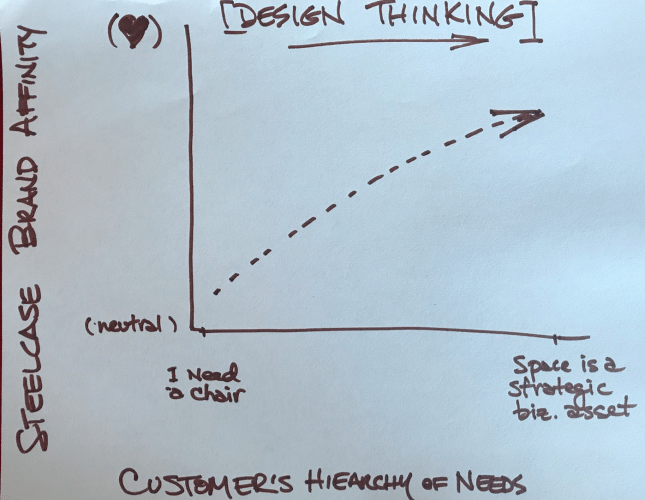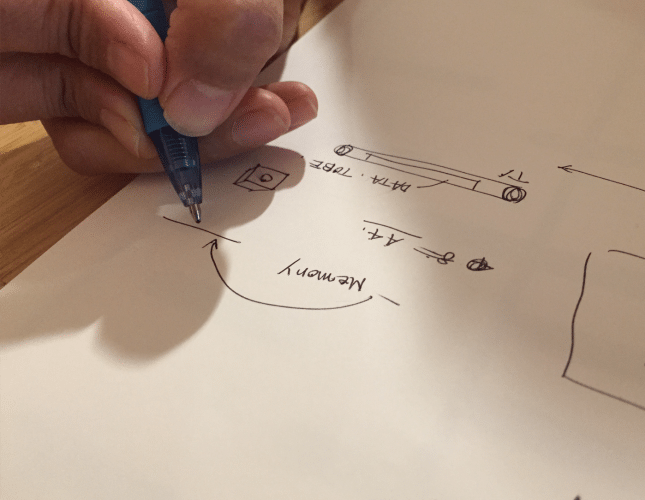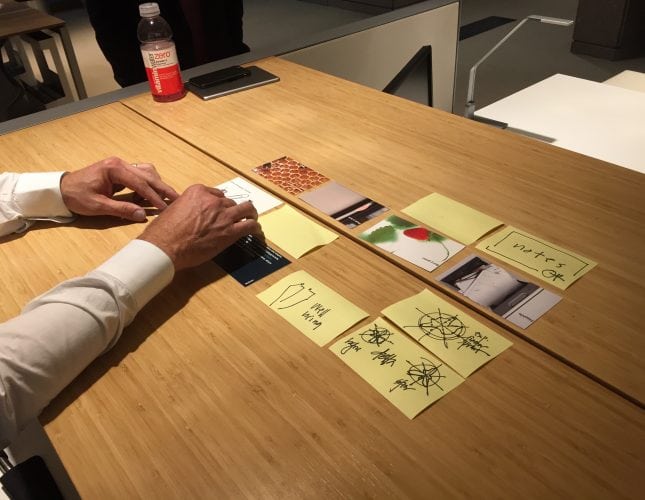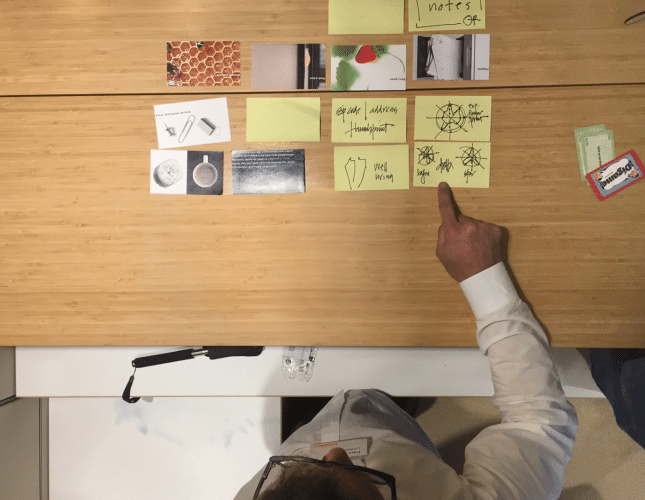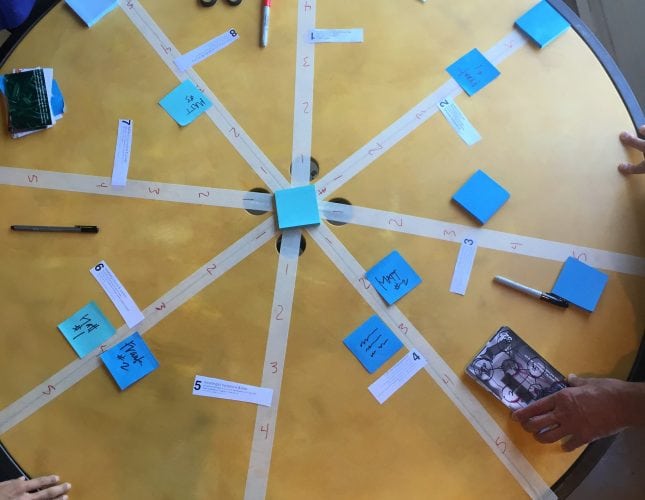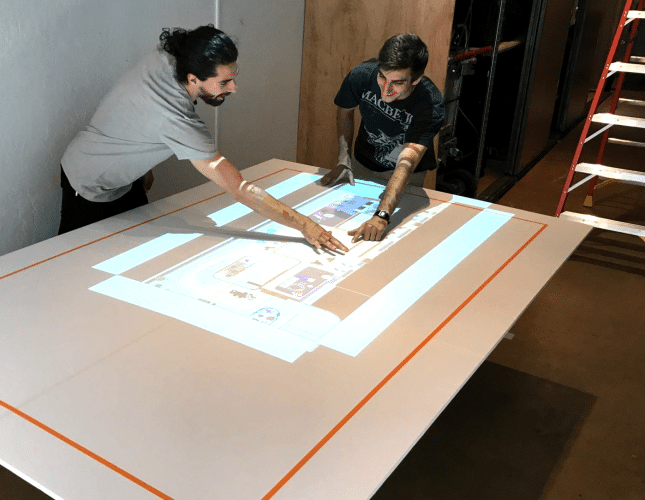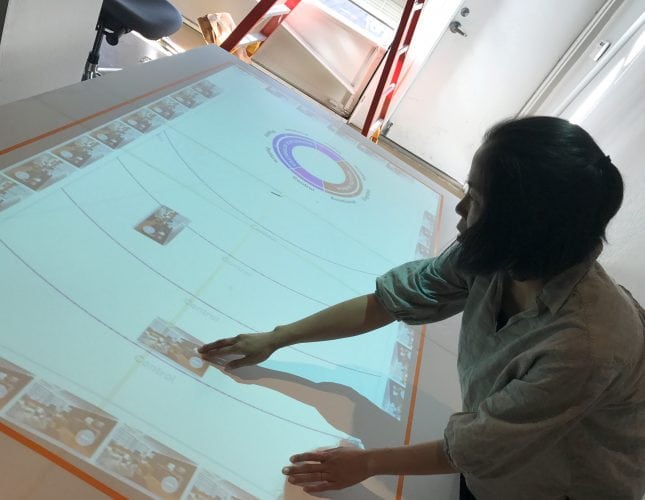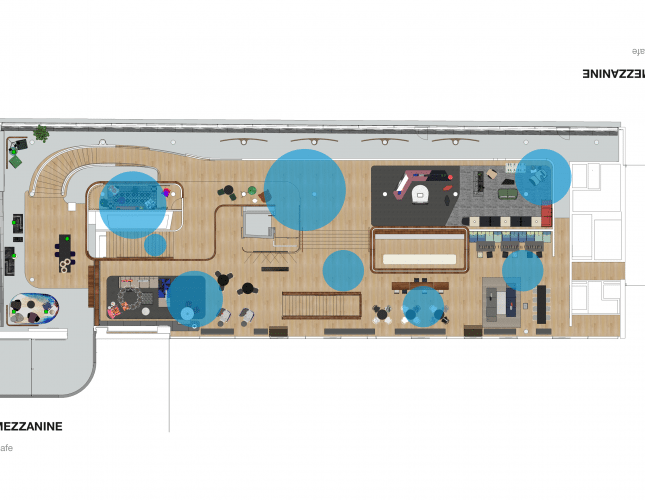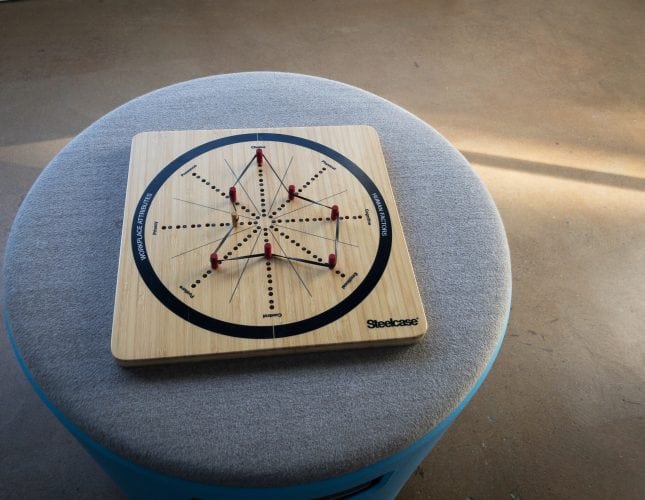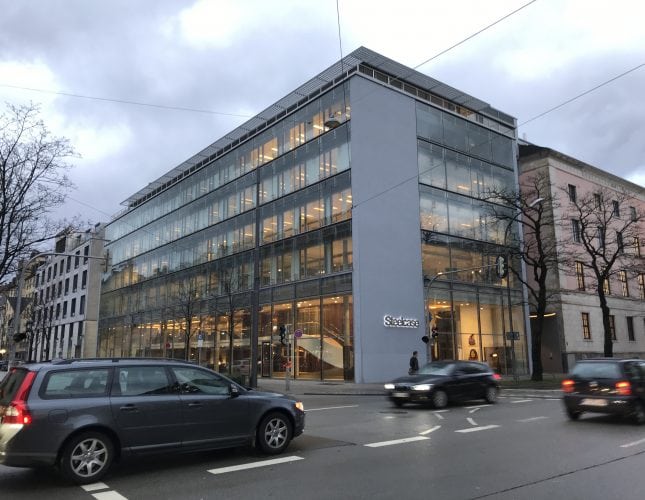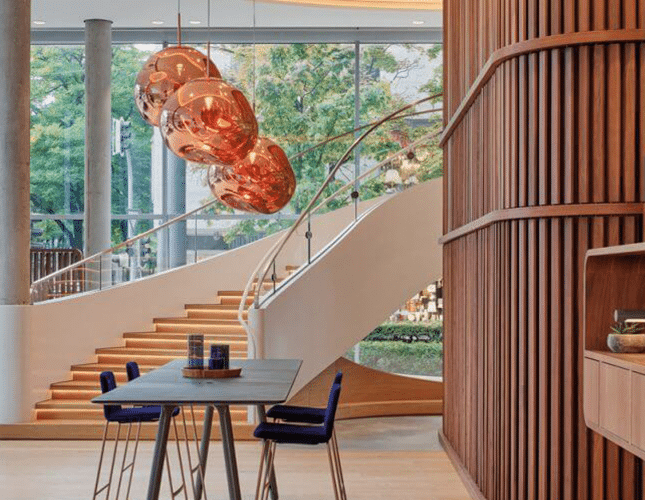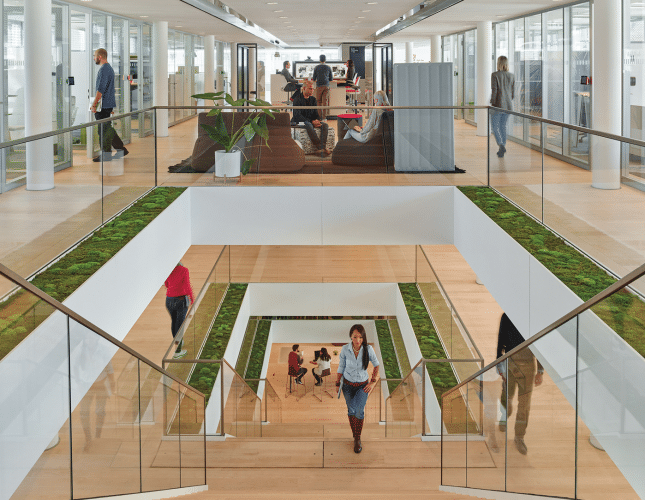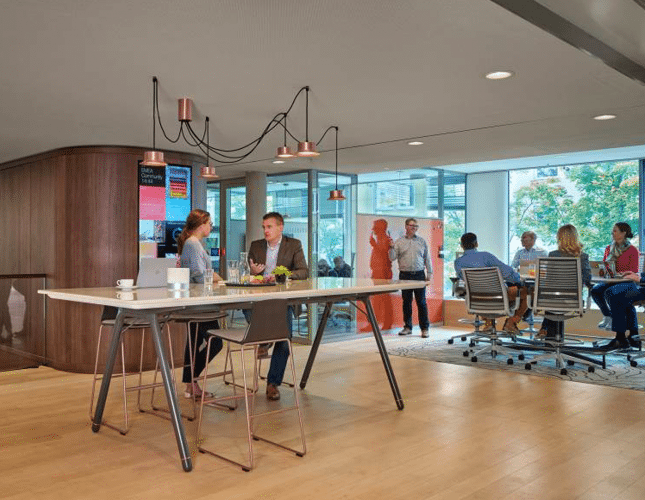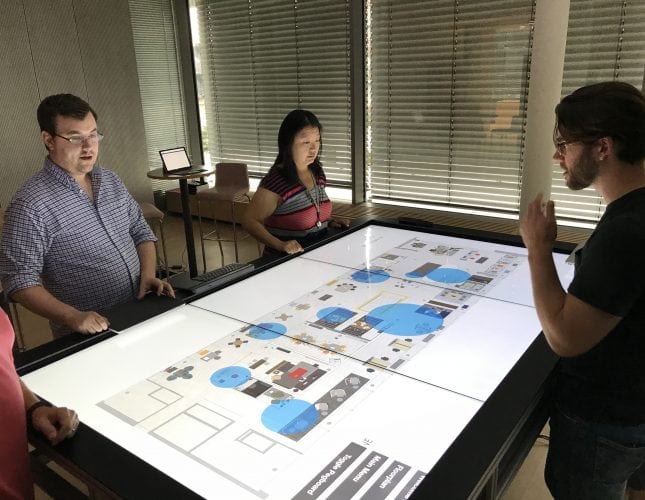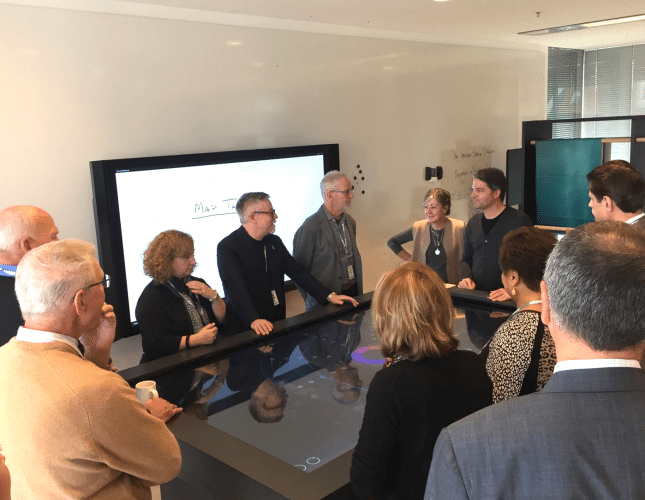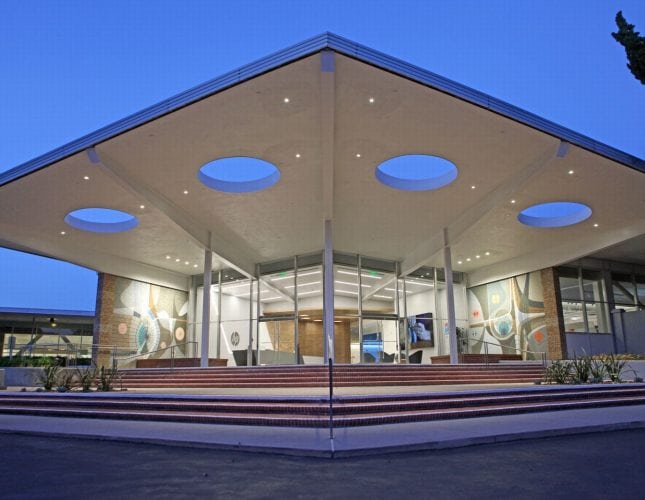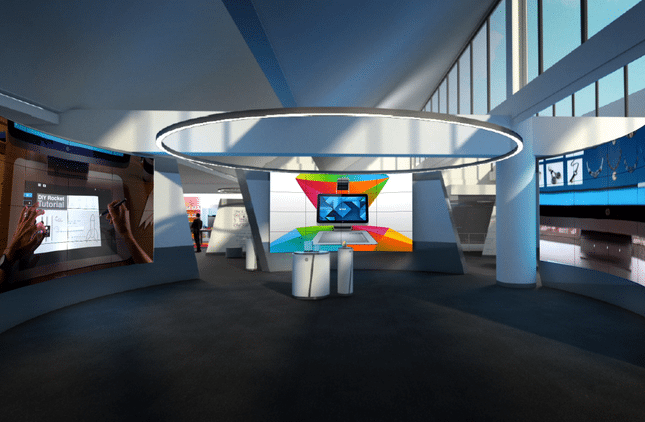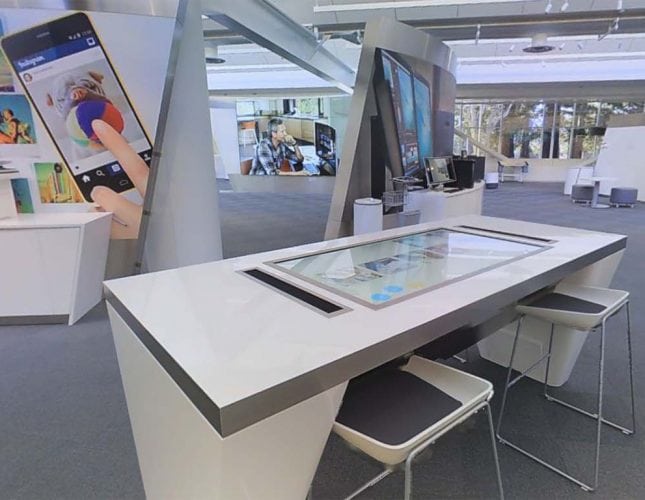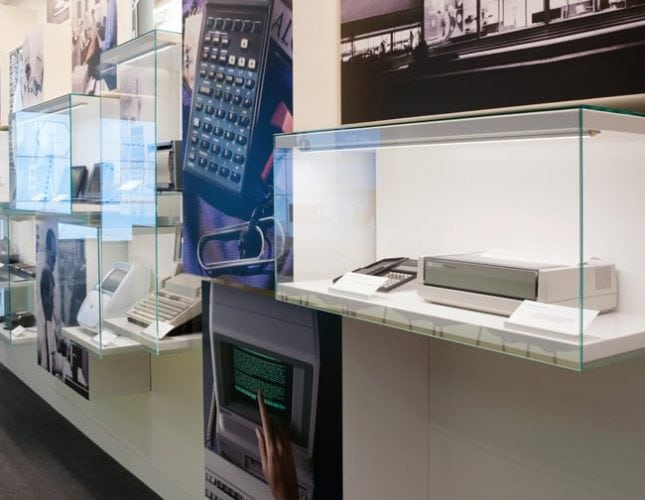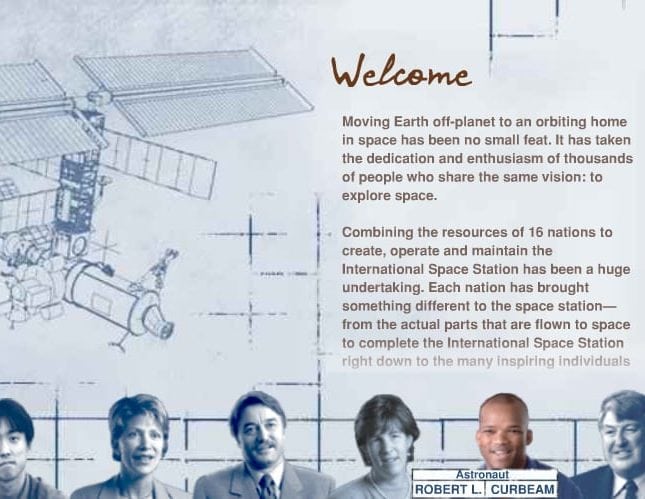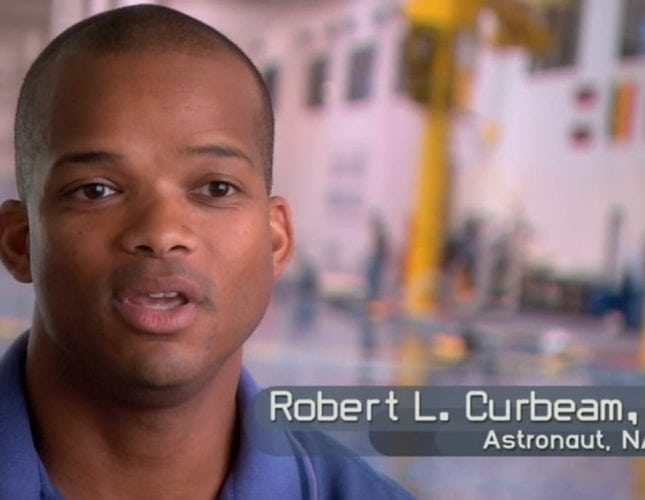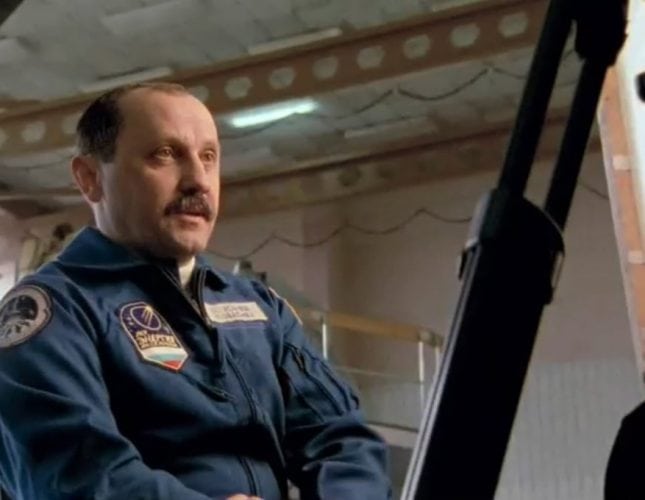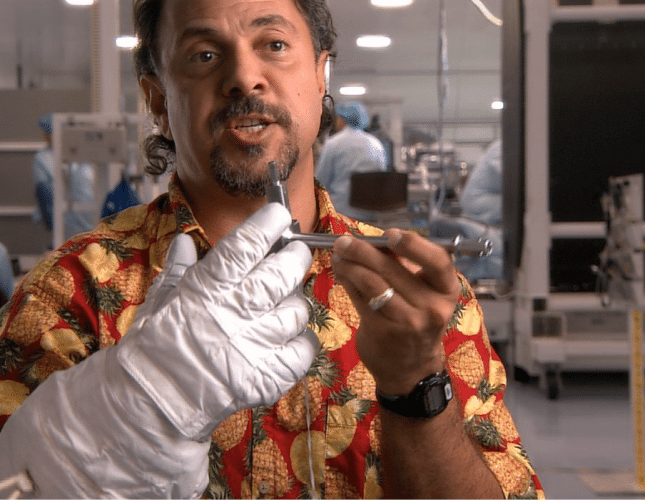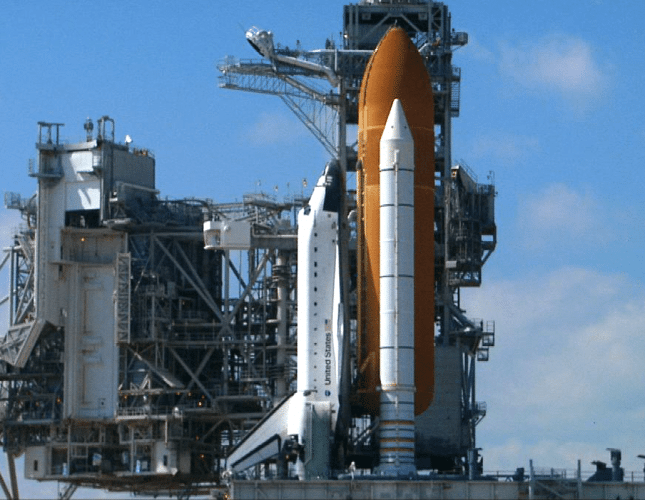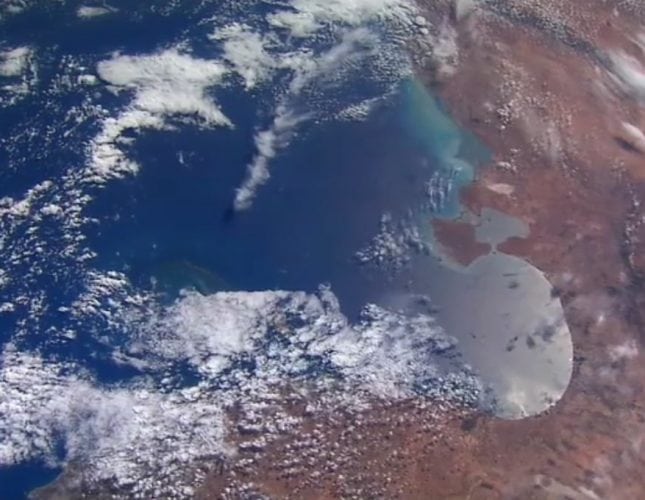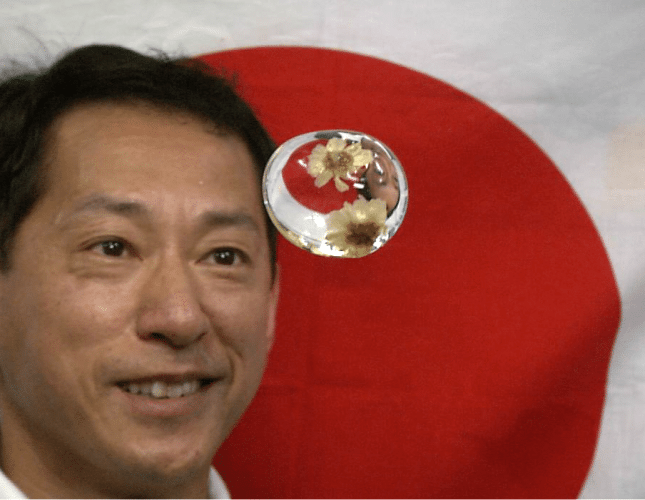The Steelcase Learning & Innovation Center (LINC) in Munich is a temple of well-considered design. Facing competition from players within and outside of their vertical, Steelcase needed to up-level the conversation with customers, ultimately deepening brand loyalty in the process. Our task was to use the new LINC as a backdrop to tell this higher level story of Steelcase to its customers. This took the form of a deep guest experience that tracked from pre-visit to well beyond their departure, and hinged on various light bulb moments of self-discovery.
Rather than pushing products, Steelcase wanted to provide customers with resources and learning experiences to find solutions that support the unique needs of their organization – in short, for them to discover how their space was a strategic business asset. Two years, hundreds of locator beacons, dozens of pegboards, and one interactive table later, that experience is live, and companies are already shifting their perspective – and going all-in with Steelcase.
Over the years, we’ve done countless projects for HP. The Customer Welcome Center (CWC) in Palo Alto was a first for them. Looking to create an interactive environment that both celebrated the company’s rich history and looked ahead towards future innovations, they needed a strategic partner that could help bring the experience to life. emotion studios was tasked with handling previsualization of the space through lidar photography, strategy and creative for brand storytelling in the Solutions Theater, and producing media for an interactive touch wall that represented HP’s past, present and future.
Every now and again, we’re called upon for projects that immediately feel like once in a lifetime opportunities. Being chosen by NASA for a project around the launch of the International Space Station was certainly one of them. In total, we were commissioned to helm digital strategy, create a mini-documentary about the ISS mission, a white paper on more effective use of websites to drive education and public awareness, and to create a microsite featuring interactive portraits of scientists, engineers, astronauts and cosmonauts. The microsite ultimately ended up being the longest measured dwell time in NASA history at 13 minutes, most popular among NASA sites for 3 consecutive years.
